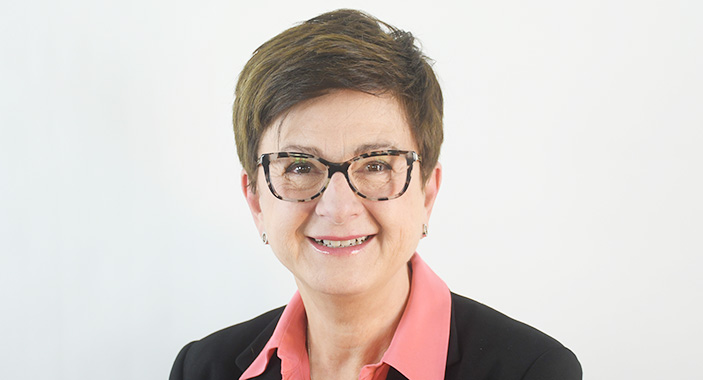
News
Global airline association outlines recommendations to produce necessary SAF supply 2050
September 29th 2025
An International Air Transport Association (IATA) partnership study with Worley Consulting, has concluded sufficient Sustainable Aviation Fuel (SAF) feedstock exists for the airline industry to reach net zero CO₂ emissions by 2050 by producing 500 million tonnes (Mt) of SAF. Read More »
With the right policies and investments, more than 300 Mt of SAF from biomass feedstock could be produced annually by mid-century and around 200 Mt from e-SAF, IATA said.
It cautioned achieving these outcomes are daunting tasks and represented a major scale-up in SAF capacity. Having conducted assessments on global feedstocks availability, technology readiness and regional suitability, the study’s core forecast estimates global SAF production could potentially reach 400 Mt by 2050, a significant shortfall of around 100 Mt.
Bridging this gap is possible, but will require greater access to sustainable biomass feedstocks and an urgent and accelerated development of novel SAF technologies, the study said.
The main constraint in reaching 500 Mt of SAF by 2050 is the pace of technology rollout, which curtails the feasible production of both bio-SAF and e-SAF. Large-scale SAF deployment will require acceleration toward full technology readiness and the scaling up of commercial facilities worldwide, the report said.
With the exception of Hydroprocessed Esters and Fatty Acids (HEFA), most SAF pathways have not approached commercialization and will need to reach maturity earlier to fully exploit the amounts of feedstock available for SAF production by 2050.
To produce 500 Mt of SAF by 2050 coordinated action across the full SAF value chain must be initiated. It must include development of strong policy frameworks that give certainty, a coherent regulatory environment, industrial partnerships, global feedstock access, infrastructure investment, and effective technology deployment, the study said.
There are several main challenges to overcome in this process, IATA said. One is enhancing the feedstock supply chain infrastructure, scaling up novel sources to meet sustainability criteria, and ensuring the feedstocks identified for SAF production are made available to the air transport industry.
Another is accelerating technology rollout to unlock new SAF production technologies, especially Power to Liquid (PtL) and including reliable access to the low-cost renewable electricity, hydrogen and carbon capture infrastructure which are all required for PtL production.
Achieving coordinated government policies to support innovation and investment to create a fully functioning SAF market, unlocking new economic opportunities, is necessary to overcome these challenges.
Every region can generate biomass feedstock for SAF production, but some countries and regions emerge as hotspots. The U.S., Brazil, Europe, and India are likely to be leaders in SAF production, in combination accounting for more than 50% of global availability. The U.S. is expected to lead the production table with more than 200 Mt of biomass available for SAF production in 2030 and around 300 Mt in 2050, 17% and 19%, respectively, of global volumes.
China, and member countries of the Association of Southeast Asian Nations (ASEAN), particularly Indonesia and Malaysia, also are forecast to develop into critical feedstock hotspots.
Together, these countries would account for approximately 240 Mt of biomass feedstock for SAF production by 2050, representing about 15% of worldwide output.
IATA says rallying regional leadership is an important challenge in achieving the quantities of SAF necessary to meet 2050 zero emissions targets.
The final major challenge is for the energy industry to invest in SAF production capacity, support technology commercialization and align their business strategies with global de-carbonization goals, IATA said.
“The report highlights the local and regional opportunities for SAF production to create jobs, stimulate economies, and support energy security goals,” the study said.
“Governments, energy producers, investors, and the aviation industry must work together, de-risk investment and accelerate rollout. Policy certainty and cross-sector collaboration are essential to unlock the scale we need, IATA senior vice president sustainability and chief economist, Marie Owens Thomsen, said.
“The time to act is now. Delays will only make the challenge harder,” she said.